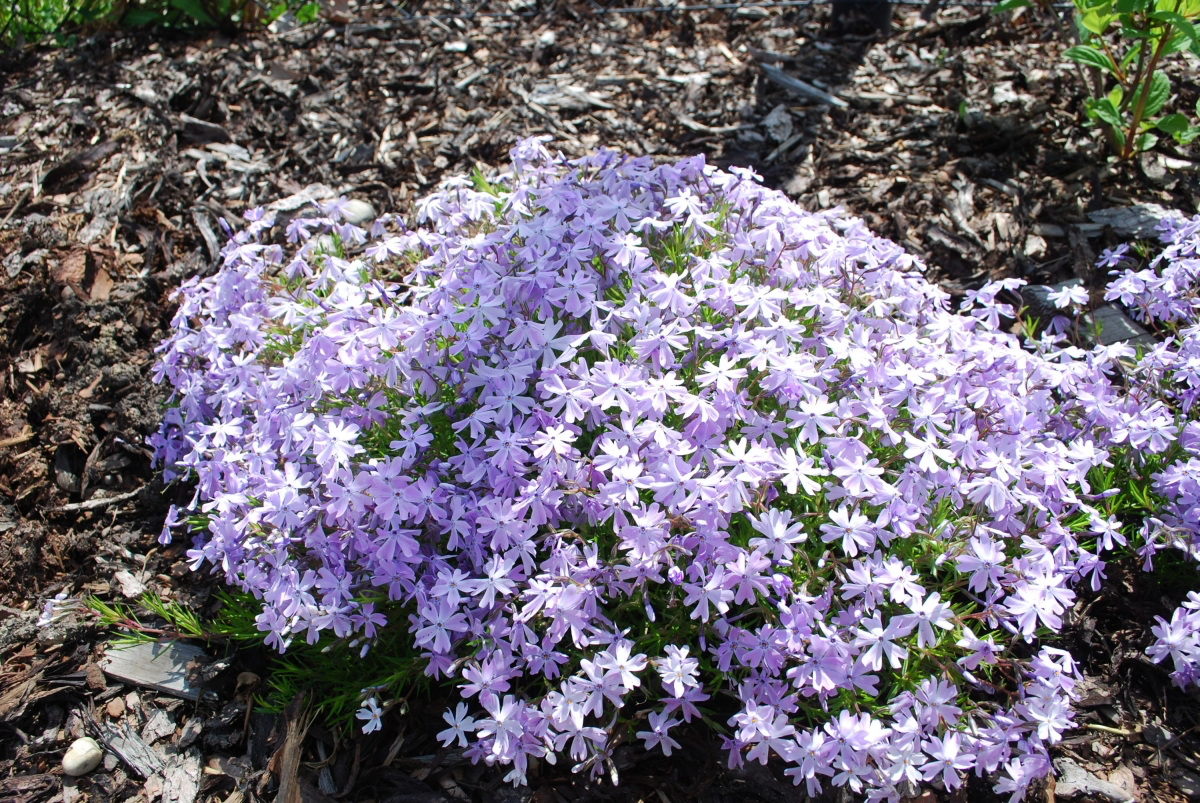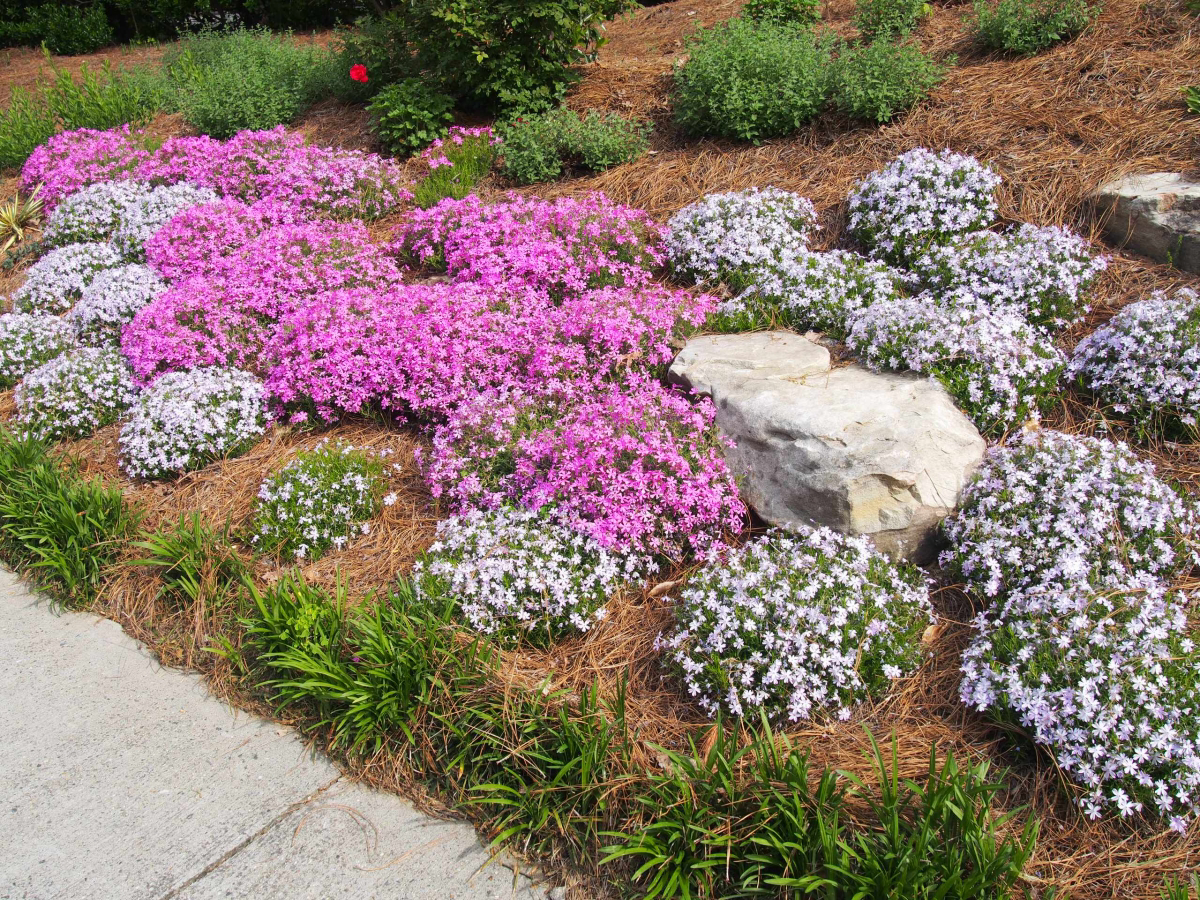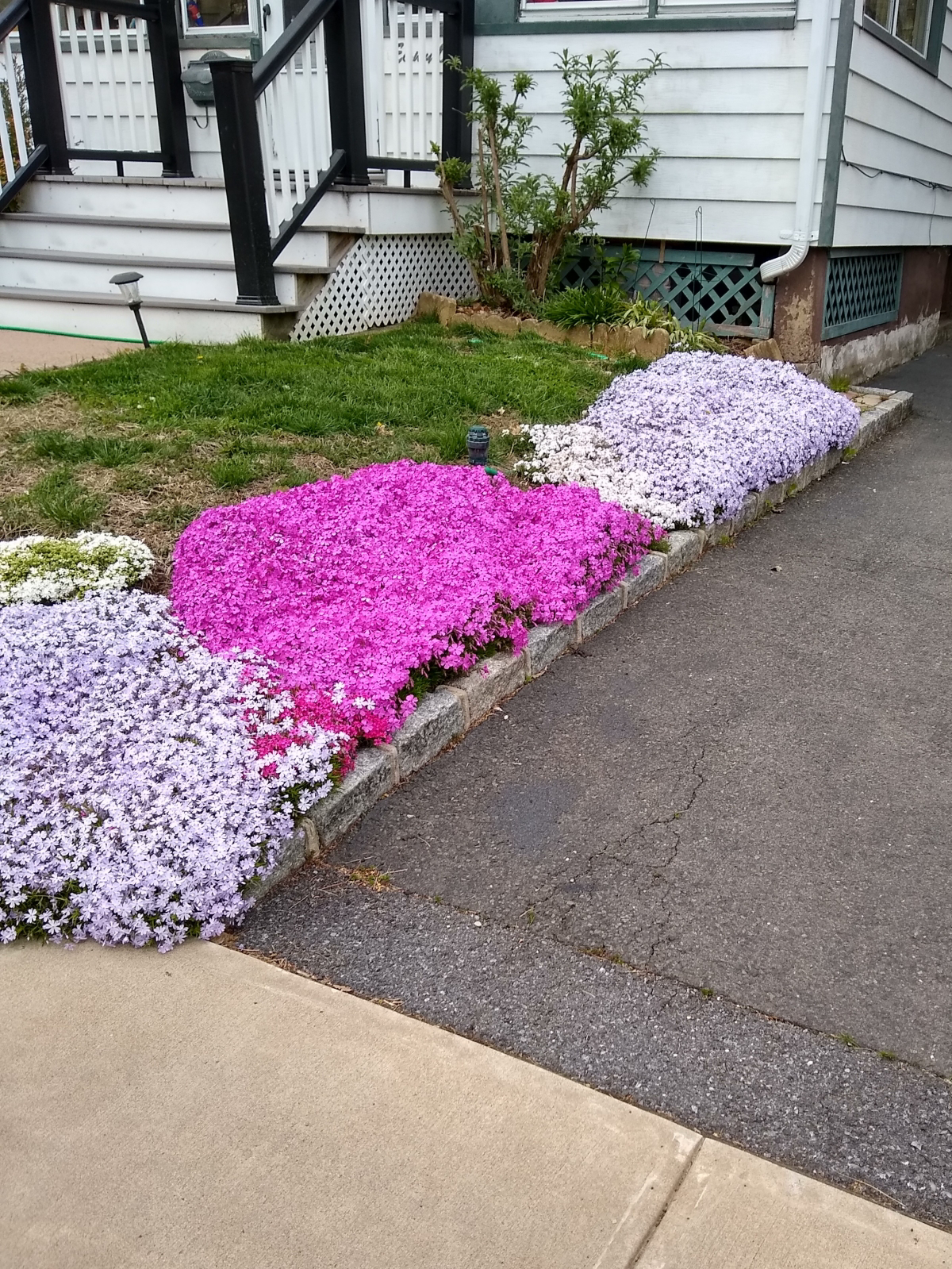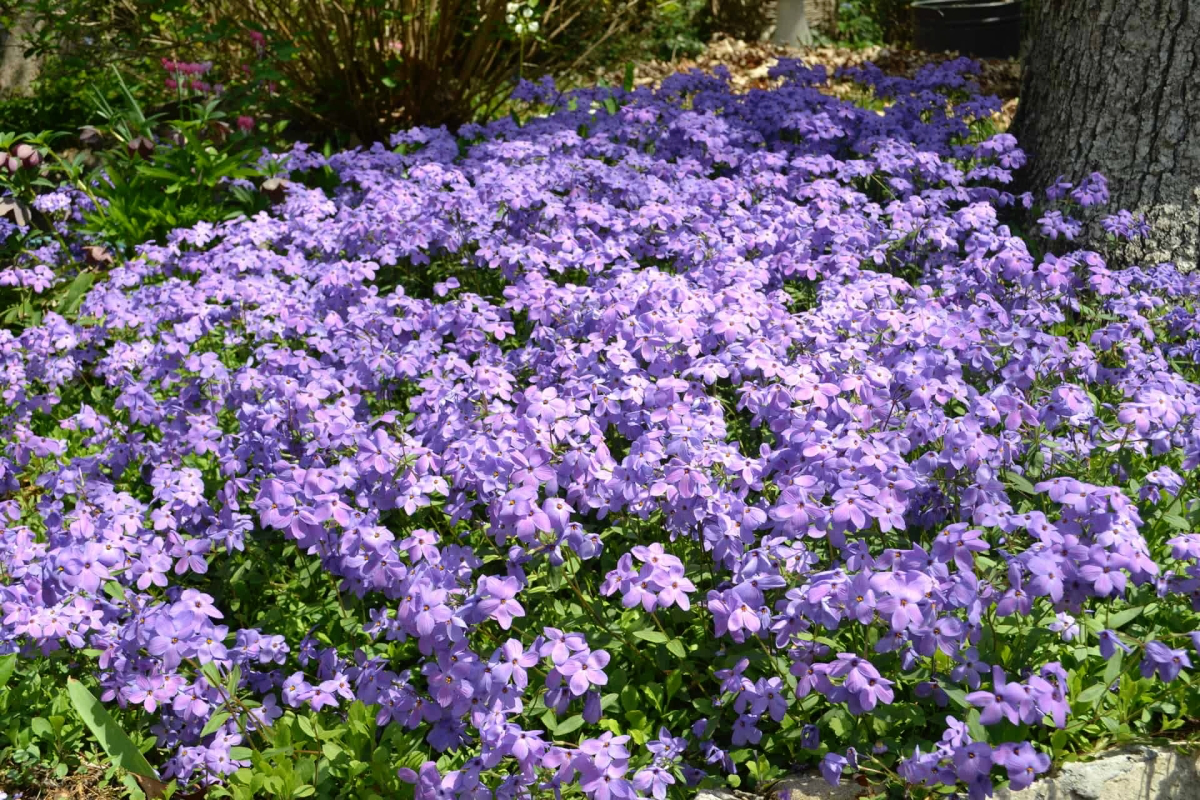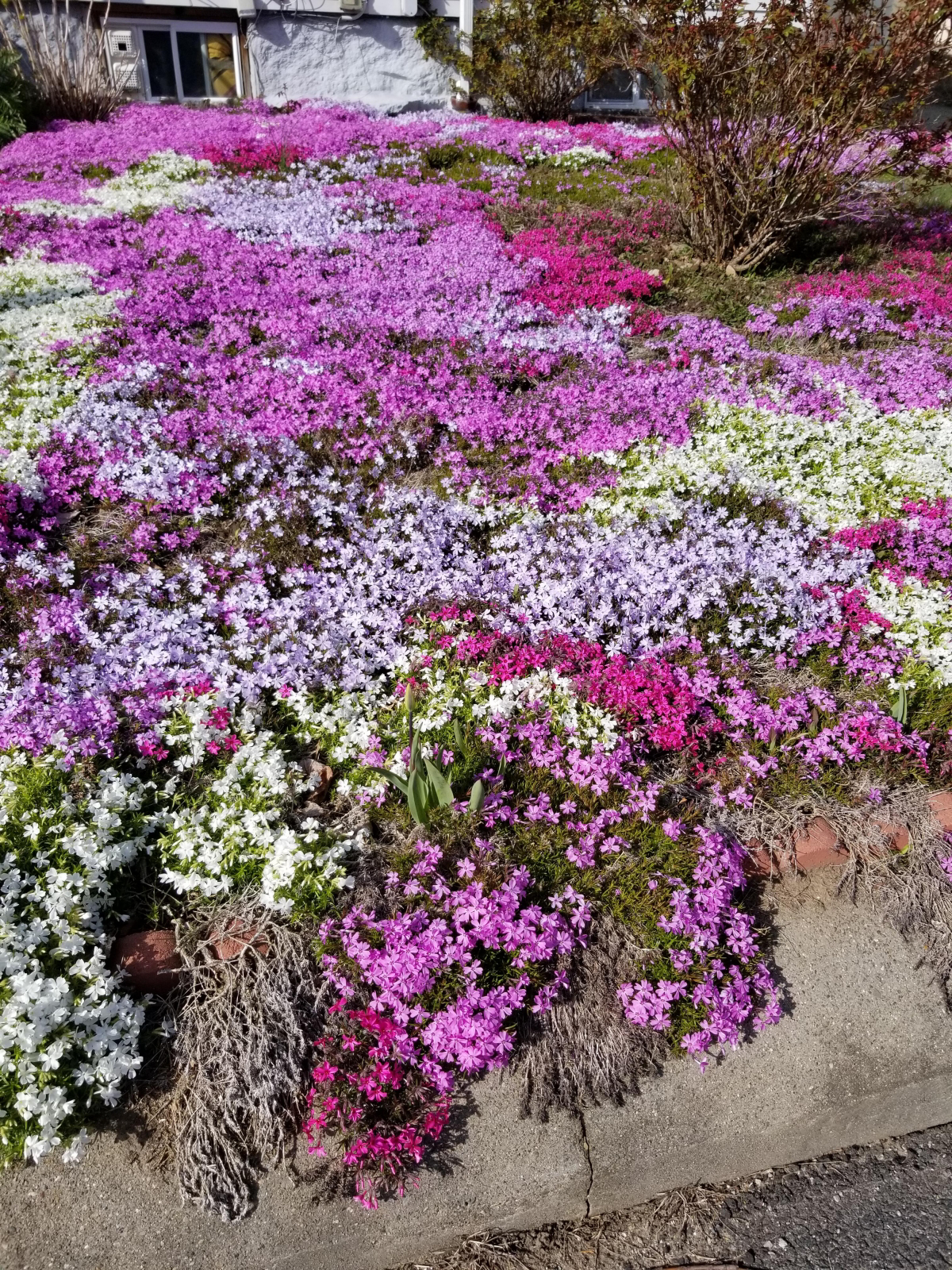Taking Care of a Creeping Phlox in the Winter: The Basics
Welcome to the enchanting world of creeping phlox, a resilient and stunning ground cover plant that thrives even in the coldest months of winter. In this comprehensive guide, we’ll delve deep into the captivating journey of creeping phlox through the winter season. This evergreen perennial not only survives the chilly temperatures but also adds a touch of natural beauty to your garden when most other plants are in hibernation mode. Join us as we explore the fascinating characteristics, care tips, and the charming allure of creeping phlox during winter.
This is your guide for taking care of a creeping phlox in the winter
In this article
Taking Care of a Creeping Phlox in the Winter: The Basics
Winter’s Silent Elegance
As winter blankets your garden in a quiet, icy embrace, creeping phlox emerges as a symbol of silent elegance. With its vibrant green foliage and delicate clusters of flowers, this resilient ground cover plant is a beacon of hope amid the frosty landscape. Picture a carpet of emerald leaves adorned with dainty blossoms peeking through the snow—nature’s own masterpiece, captivating in its simplicity.
The creeping phlox has vibrant green foliage and delicate clusters of flowers
The Tenacious Survivor
What makes creeping phlox truly remarkable is its ability to withstand harsh winter conditions with grace. Unlike many plants that shed their leaves and wither away in the cold, creeping phlox remains evergreen, offering a splash of color and life against the monochromatic backdrop of winter. It’s a survivor, a testament to nature’s resilience, and a reminder that beauty endures even in the harshest of seasons.
This plant has the ability to withstand harsh winter conditions with grace
Winter Care: Simplicity at Its Best
One of the most appealing aspects of creeping phlox is its minimal maintenance during winter. This low-maintenance wonder requires little intervention from gardeners, allowing you to appreciate the beauty of simplicity in your landscape. As the temperatures drop and snow blankets your garden, you can sit back and enjoy the evergreen tapestry created by your phlox without the fuss of extensive care routines.
The creeping phlox requires minimal maintenance during the winter
Preparing for Winter: The Essentials
To ensure your creeping phlox thrives throughout the winter, it’s essential to start with proper care before the cold season arrives. Here are the key steps to prepare your phlox for winter:
1. Prune Gently: In late summer or early fall, give your creeping phlox a light pruning to remove any dead or damaged growth. This helps improve air circulation and prevents potential fungal issues during the winter months.
2. Mulch Matters: Apply a layer of mulch around the base of your phlox plants. A three-inch layer of mulch, such as shredded bark or straw, helps insulate the soil and protect the plant’s root system from extreme cold.
3. Water Wisely: Continue to water your phlox moderately throughout the fall. Adequate hydration helps the plant withstand winter dry spells and reduces the risk of desiccation.
4. Keep Pests at Bay: Check your phlox plants for signs of aphids or other pests in the late summer. Treat any infestations promptly to ensure your plants enter winter healthy and pest-free.
5. Soil Check: Test the soil pH to ensure it falls within the ideal range for creeping phlox, which is slightly acidic. You can adjust the pH level if necessary with the addition of lime or sulfur.
Start with proper care before the cold season arrives with full force
Weathering the Winter Months
As winter takes hold, your creeping phlox will rely on its natural hardiness to weather the cold. However, a few extra precautions can help it thrive during these challenging months:
1. Monitor Moisture: Throughout the winter, keep an eye on soil moisture levels. While phlox is generally drought-tolerant, it benefits from occasional deep watering during dry spells or if there’s a lack of snow cover.
2. Snow Cover Benefits: Snow is not just a scenic winter feature; it also acts as an insulating blanket for your phlox plants. Snow cover helps protect the roots from freezing temperatures.
3. Avoid Heavy Traffic: If your garden is covered in snow, be mindful of walking on or compacting the snow around your phlox plants. This can damage the delicate branches underneath.
4. Spring Awakening: As winter retreats and the first signs of spring appear, your creeping phlox will gradually awaken from its winter slumber. Remove any remaining mulch and trim away dead growth to allow new shoots to emerge.
These tips will help you navigate the most challenging months
Do’s of Taking Care of Creeping Phlox in Winter:
- Prune Gently: Perform a light pruning in late summer or early fall to remove dead or damaged growth. This improves air circulation and reduces the risk of fungal issues.
- Apply Mulch: Add a three-inch layer of mulch, such as shredded bark or straw, around the base of your creeping phlox. Mulch insulates the soil and protects the root system from extreme cold.
- Monitor Soil Moisture: Keep an eye on soil moisture levels throughout winter. Water your phlox moderately during dry spells or if there’s a lack of snow cover to prevent desiccation.
- Check for Pests: Inspect your phlox plants for signs of aphids or other pests in late summer. Treat any infestations promptly to ensure a healthy and pest-free winter.
- Test Soil pH: Check the soil pH and ensure it falls within the slightly acidic range suitable for creeping phlox. Adjust the pH level if necessary with lime or sulfur.
- Allow Snow Cover: Snow acts as an insulating blanket for your phlox plants. Allow natural snow cover to protect the roots from freezing temperatures.
These are the do’s of taking care of a creeping phlox in winter
Don’ts of Taking Care of Creeping Phlox in Winter:
- Avoid Heavy Traffic: Be cautious not to walk on or compact the snow around your phlox plants, especially if the garden is covered in snow. This can damage the delicate branches beneath.
- Don’t Overwater: While it’s essential to monitor soil moisture, avoid overwatering your phlox during winter. Excessive moisture can lead to root rot, especially in cold, wet conditions.
- Don’t Prune Heavily: Avoid heavy pruning or cutting back your phlox plants in late fall or winter. This can stimulate new growth that may be vulnerable to frost damage.
- Don’t Disturb the Roots: Refrain from disturbing the root system of your creeping phlox during winter. Keep gardening activities around phlox to a minimum to avoid damaging the plant’s stability.
- Don’t Forget Spring Cleanup: Once winter subsides, remove any remaining mulch and trim away dead growth to allow new shoots to emerge during the spring awakening.
By following these do’s and don’ts, you can ensure that your creeping phlox thrives and maintains its beauty throughout the winter months.
Also remember the don’ts of taking care of a creeping phlox in the winter
Conclusion
As the sun sets early and the winter nights grow long, your garden becomes a canvas for a captivating bedtime story. The creeping phlox, with its evergreen foliage and subtle blossoms, weaves a tale of resilience and beauty that lulls both the garden and its caretaker into a peaceful slumber. It’s a story that reminds us of the enduring charm of nature, even when she’s at rest.
Now you know how to take care of the creeping phlox in the winter!


